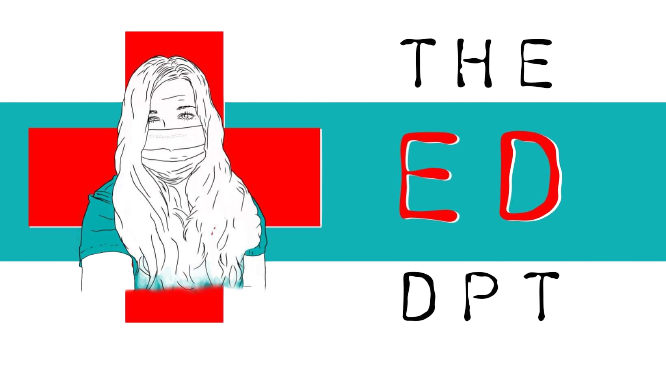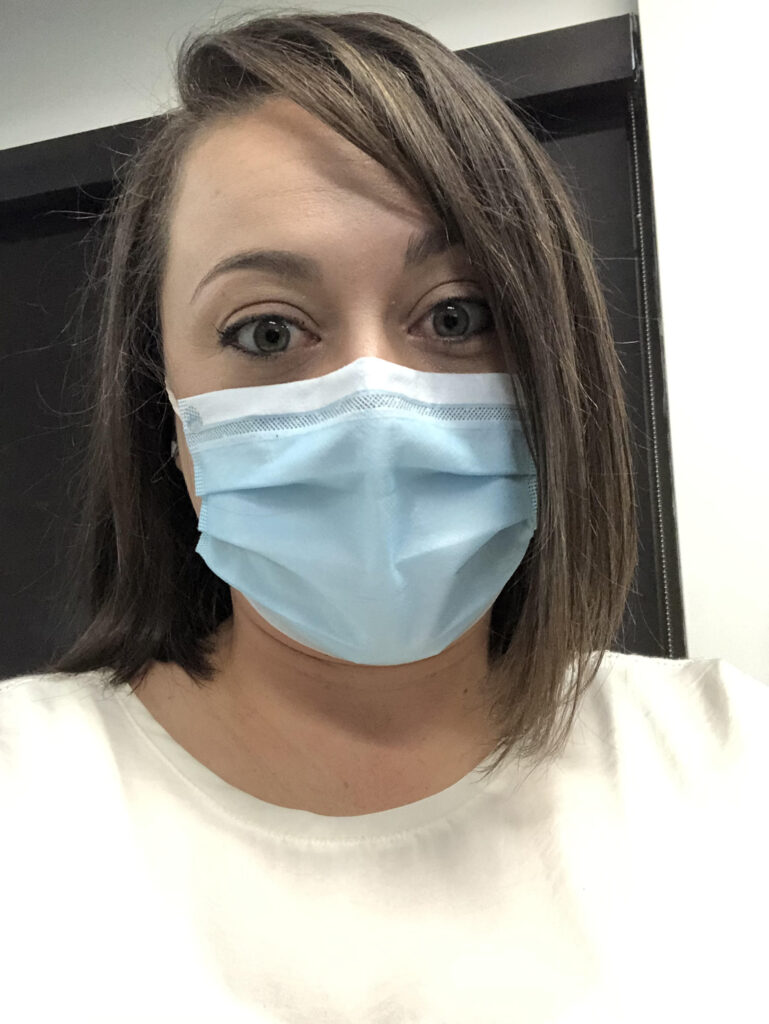Meet Dr. B the PT

Kaelee Brockway has nine years of practice experience across 13 different clinical and non‐clinical practice settings. Most of her experiences are in post-acute rehabilitation focusing on organ transplant rehabilitation and complex chronic disease management. Dr. Brockway held positions on the Board of Directors for APTA Michigan and the Michigan Physical Therapy Political Action Committee, served in the APTA House of Delegates, and is the current APTA Geriatrics Combines Sections Meeting Programming Chair. In 2017 Dr. Brockway became a Board‐Certified Clinical Specialist in Geriatric Physical Therapy (GCS) and was the recipient of the APTA Emerging Leader Award. Dr. Brockway then achieved the Advanced Credentialed Exercise Expert for Aging Adults (A-CEEAA) certification from APTA Geriatrics. She is currently an Item‐Writer for the Geriatric Specialty Exam and is the primary author for the chapter on Special Considerations for Exercise in Older Adults in the widely used Musculoskeletal Interventions textbook. Her primary areas of research include exercise prescription for chronic disease management and the effects of simulation in teaching cardiovascular and pulmonary physical therapy. Dr. Brockway is due to complete her Doctorate in Education in 2023.
Describe how you came to your area of expertise.
I bounced from Ortho to Neuro to Inpatient before landing in Home Heath, loved the complexity of the patients and the skills required to “put the puzzle together,” became a heart and lung transplant educator in addition to clinician, but I love all things Geriatric and complex patient!

Now I am in Academia, teaching Geriatrics, Pharmacology, Cardiovascular/Pulmonary and Acute Care.
Why do you think this is a valuable practice area?
Advanced practice is really just all about doing the basics really well and being able to apply the basics to a much broader presentation. Students need to learn the basics really well, so they can apply them in advanced ways. That’s what I try to ensure happens.
What barriers did you have to overcome personally and within your facility to practice successfully in this environment?
Practicing the fullest extent of my license hasn’t been easy. Many other providers doubt our knowledge and skills, or simply don’t know what we are educated to do.

What is your philosophy about what makes an ideal HH PT and how does this make you one type of Emergency PT?
You just have to be able to see the bigger picture and what to look for when it comes to complex patient management. My differential diagnosis process is very different than standard PT practice. Because I see folks in their home who often have many chronic diseases, I am the first point of contact that discerns what level of help they need at that moment. Sometimes that is emergency care, sometimes that’s exercise.
What are important things you think ED PTs should know when receiving patients from Home Health?
Odds are, that patient is not safe at home, whether temporarily because of health issues, or long term because of environmental barriers. We WANT to work with our ED partners to fix those situations!
What are important things you want ED PTs to know before referring to Home Health?
Get all the devices you find appropriate. Whatever is covered or you can get for free. We can use them somehow to make the patient safer at home.
Patients have to have some kind of support, we can’t do it all on our own, so check in with social work on living situations and resources and start the process sooner. If the ED visit is alcohol/drug related, placement might be a better choice.

What was your biggest win in managing a patient you sent to the ED?
It was part of my job to pre-hab patients for lung and heart transplant, but they patients are in end stage disease so need to go to ED more frequently for declines and opportunistic infections. Sending them to ED (appropriately of course) actually moves them up higher on the transplant list because they are more critical. I had a patient who i saw for a long time getting her qualified and then pre-habbed for double lung transplant. Quick treatment for a bout of severe hypotension in the ED got her home fast enough to see her nephew’s graduation. The ED visit bumped her up on the transplant list, but she was nearing the end. She got the call only days later for lungs. Those lungs kept her alive long enough to see her first granddaughter born. I cried!
What would you say to a PT who feels overwhelmed with the management of chronic disease and triage in the Home Health setting?
It’s a lot. Seeing the bigger picture is hard. Knowing that all of that is within your scope and on your license can be very overwhelming. But you are bigger than your degree! Learn from your colleagues. I learned most of what I know from the nurses I worked with and filled in the gaps with research and courses. It takes time, but you’ll get there!
How can PTs learn more about chronic disease management to feel safe practicing?
Check out my blog for tons of information on functioning as a Primary Care PT and all the tips for using exercise safely to manage chronic diseases! www.DoctorBthePT.com

Learn So Much More
Dr. B & I could not stop once we got going on so many topics related to ED PT and Home Health PT. Listen or watch to hear all the details and gems in this interview and why Home is Where the Heart Is for this physical therapist.


